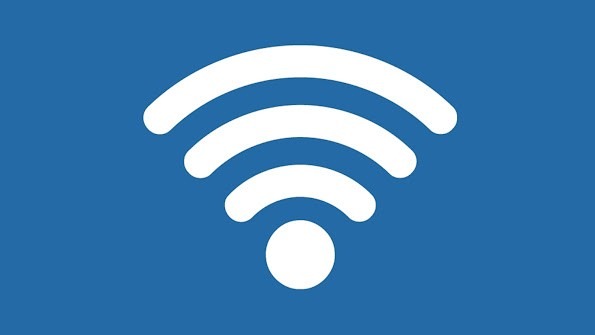In the Philippines, Piso WiFi has revolutionized how people connect to the internet, especially in public places like malls, restaurants, and transportation terminals. Piso WiFi, which translates to “One Peso WiFi,” offers a convenient and affordable way for users to access the internet for a minimal fee.
Piso WiFi works by providing users with access to a WiFi network for a fixed amount of time, usually for just one peso. Users can connect their devices to the network and use the internet for browsing, streaming, or downloading content. The service is typically managed through a web-based portal where users can pay for access using coins or prepaid cards.
One of the key advantages of Piso WiFi is its affordability. For just one peso, users can get access to the internet, making it an attractive option for people who may not have access to affordable internet at home. This accessibility has made Piso WiFi popular among students, commuters, and those looking for a quick and affordable way to get online.
Another advantage of Piso WiFi is its convenience. With Piso WiFi hotspots located in various public places, users can easily connect to the internet while on the go. This convenience has made Piso WiFi a popular choice for people who need to stay connected while out and about.
However, there are some drawbacks to Piso WiFi. Since the service is often provided through public hotspots, the connection speeds may not always be fast or reliable. Additionally, users may need to contend with crowded networks, especially during peak hours.
Overall, Piso WiFi has become an important part of the internet landscape in the Philippines, providing an affordable and accessible way for people to connect to the internet. Its convenience and affordability make it a popular choice for many, despite some of its limitations.



